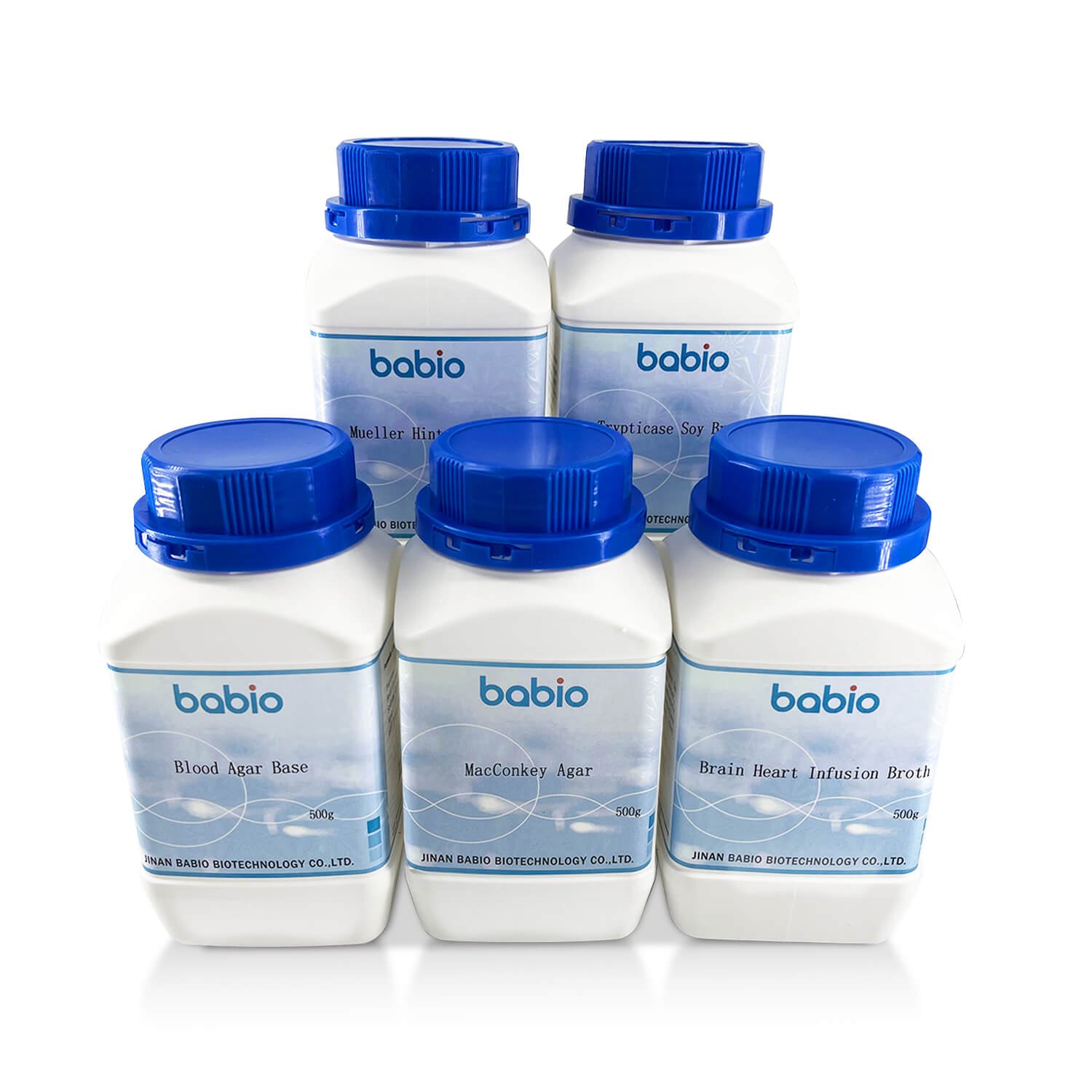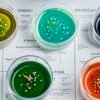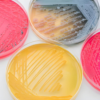
Differences Between Cosmetic Detection Media and Standard Culture Media
In the field of microbiology, different types of culture media are employed for various purposes. Two prominent types are cosmetic detection media and standard culture media. While both are crucial for microbiological analysis, their applications and characteristics vary significantly. Understanding these differences is essential for selecting the appropriate medium for your needs.
1. Purpose and Application
- Specifically designed to detect and quantify microorganisms in cosmetic products.
- Ensures the safety and stability of cosmetic items by identifying potential contaminants.
- Used extensively in the cosmetic industry to comply with regulatory standards and maintain product quality.
Standard Culture Media:
- Used for a broad range of microbiological analyses across various industries, including food, pharmaceuticals, and environmental monitoring.
- Supports the growth of a wide variety of microorganisms for general identification and quantification purposes.
- Applicable in routine laboratory tests, clinical diagnostics, and research settings.
2. Composition and Selectivity
Cosmetic Detection Media:
- Formulated with specific nutrients and inhibitors to support the growth of microorganisms typically found in cosmetic products.
- Often includes additives that inhibit the growth of non-target microorganisms, ensuring the selective growth of contaminants relevant to cosmetics.
- Designed to detect low levels of microbial contamination, ensuring product safety.
Standard Culture Media:
- Contains general nutrients that support the growth of a wide array of microorganisms.
- Not specifically tailored to detect microorganisms in cosmetic products.
- Used for general microbial culture and is less selective than cosmetic detection media.
3. Regulatory Standards and Compliance
Cosmetic Detection Media:
- Adheres to stringent regulatory standards set by organizations such as the FDA, EMA, and other regional regulatory bodies.
- Ensures that cosmetic products meet the required safety standards before reaching the market.
- Regularly updated to reflect new regulatory guidelines and advancements in microbiological methods.
Standard Culture Media:
- While also adhering to regulatory standards, it is more flexible and used for a variety of applications beyond cosmetics.
- Standards may vary depending on the specific industry and application.
- Regularly used in compliance with general laboratory and industrial regulations.
4. Ease of Use and Practicality
Cosmetic Detection Media:
- Designed for ease of use in cosmetic industry settings, often including ready-to-use formats.
- Simplifies the process of detecting contaminants, allowing for quick and efficient testing.
- Suitable for use by personnel with varying levels of microbiological expertise.
Standard Culture Media:
- Available in various formats, including prepared plates, broths, and dehydrated powders.
- Requires more extensive preparation and handling compared to cosmetic detection media.
- Used by trained microbiologists and laboratory technicians for a wide range of tests.
Conclusion
Cosmetic detection media and standard culture media serve distinct purposes in microbiological analysis. While cosmetic detection media is specialized for the cosmetic industry, offering selectivity and compliance with regulatory standards, standard culture media is versatile and widely used across different sectors. Understanding these differences enables better selection and application of media, ensuring effective microbial testing and product safety.
Recent Posts
- Maximizing Microbial Culture Success with High-Quality Media
- Advantages of Ready-to-Use Petri Dishes in Microbial Testing
- Top Benefits of Using Ready-to-Use Petri Dishes in Microbial Testing
- Plant Tissue Culture Media: Engineering Growth and Genetic Breakthroughs
- Chromogenic Media: Transforming Food Safety Testing Through Precision Detection



